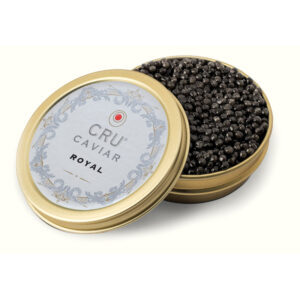The sample achieved a nickel recovery of 63%, iron recovery of 31% and chromium recovery of 0.27%. The final nickel concentrates had a combined nickel grade of 46% and cobalt grade of 0.27%, while the magnetite concentrate had an iron grade of 55% and chromium grade of 3%. In addition, over half of the recovered nickel is reported to have a nickel sulphide concentrate 60%.
The company said the sample was also tested for its potential to transfer the metallurgical process at Crawford to the Reid ultramafic nickel mineralization. The company said it used a standard test process from the Crawford feasibility variability program, including grind sizes, reagent dosing strategies and flowsheet layout.
“As expected,” the company stated in a press release, “the nickel in the flotation circuit was recovered to a high grade concentrate due to the dominance of higher nickel tenor heazlewoodite mineralization.”
According to the company, Reid contains an ultramafic body with a target geophysical footprint of 3.9 sq. km compared to Crawford’s 1.6-sqkm footprint. Earlier this year Canada Nickel reported drill results from a 16-hole program at Reid. Highlighted intervals included 54 metres grading 0.30% nickel, 0.01% cobalt, 0.021gram palladium per tonne, 0.007 gram platinum per tonne, 0.73% chromium, 7.36% iron, and 0.07% sulphur starting from 369 metres in drillhole REI22-06.
The results of the drill program, Canada Nickel noted, “show that the Reid deposit is approximately 50% wider than the Crawford Main Zone and more than 100% wider than the Crawford East Zone.”
In other news, Canada Nickel also announced it has closed its acquisition of the past-producing Texmont property.
On Mar. 6, the company reported that the first 12 holes (3,204 metres) of an initial drill program confirmed high-grade and near-surface mineralization at Texmont, 36 km south of Timmins.
Highlighted intervals included 5.2 metres grading 2.60% nickel, 0.06% cobalt, 0.265 gram palladium per tonne, 0.226 gram platinum per tonne and 2.46% sulphur starting from 139 metres downhole in TEX22-03, and 4 metres of 2.43% nickel, 0.06% cobalt, 0.246 gram palladium, 0.314 gram platinum, and 2.94% sulphur from 88 metres in drillhole TEX22-06.
The 12 holes are part of a larger program, and Canada Nickel has completed a total of 39 holes (9,670 metres) of drilling. The company says it expects to deliver a resource estimate later this year that will be based on new data and historic drilling. The resource will become the basis “for an open-pit mine plan to support a potential restart by 2025 or provide a source of higher-grade feed for the Crawford nickel sulphide project,” the company said.
Canada Nickel describes Texmont as a “komatiite flow rather than a dunite sill with sections of highly mineralized peridotite and dimensions approximately 1.2 kilometres long by up to 150 metres wide.”
A mine and mill operated on the site from July 1971 to December 1972, then decades later, Fletcher Nickel drilled 28,883 metres at the property between 2006 and 2008.

